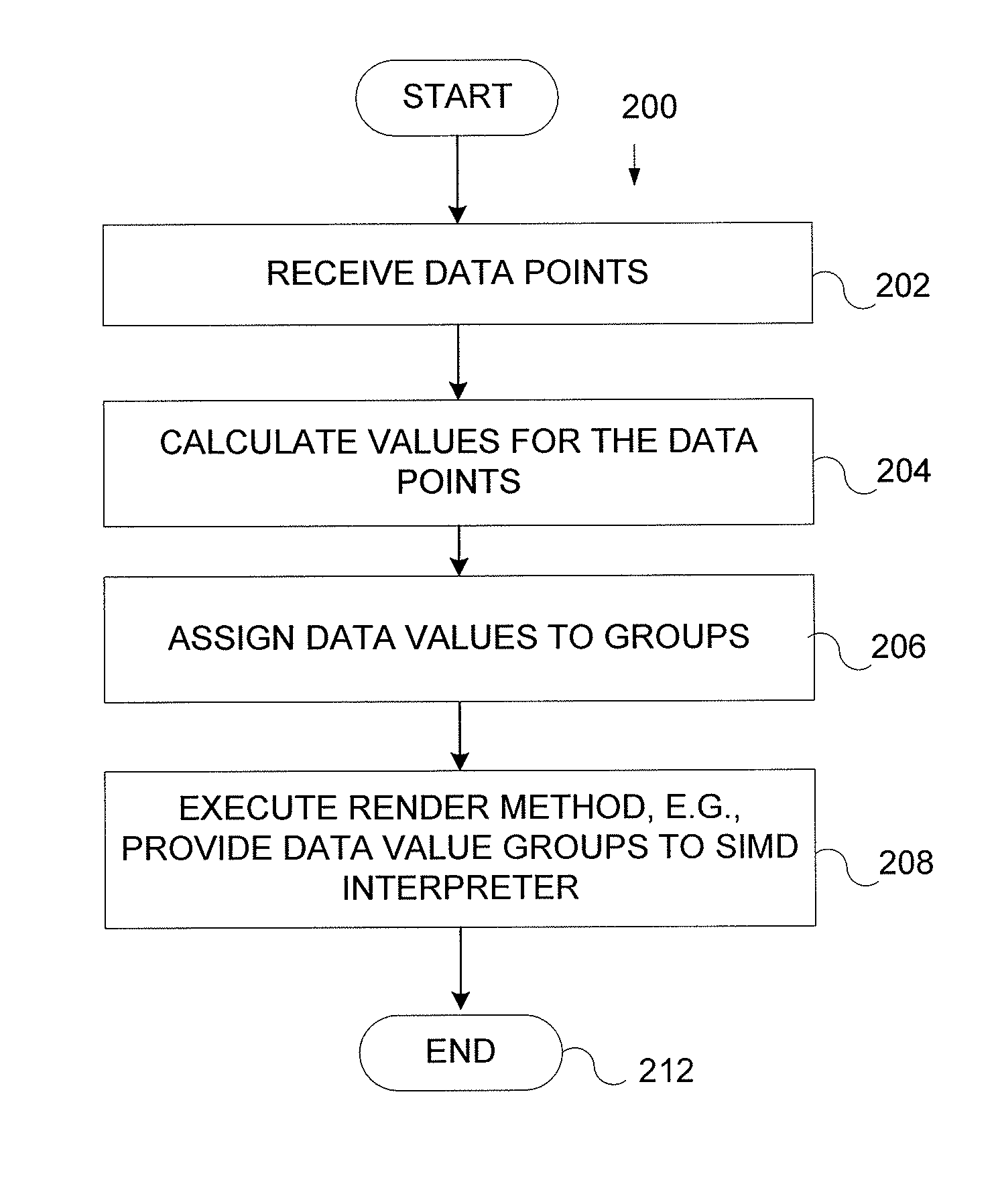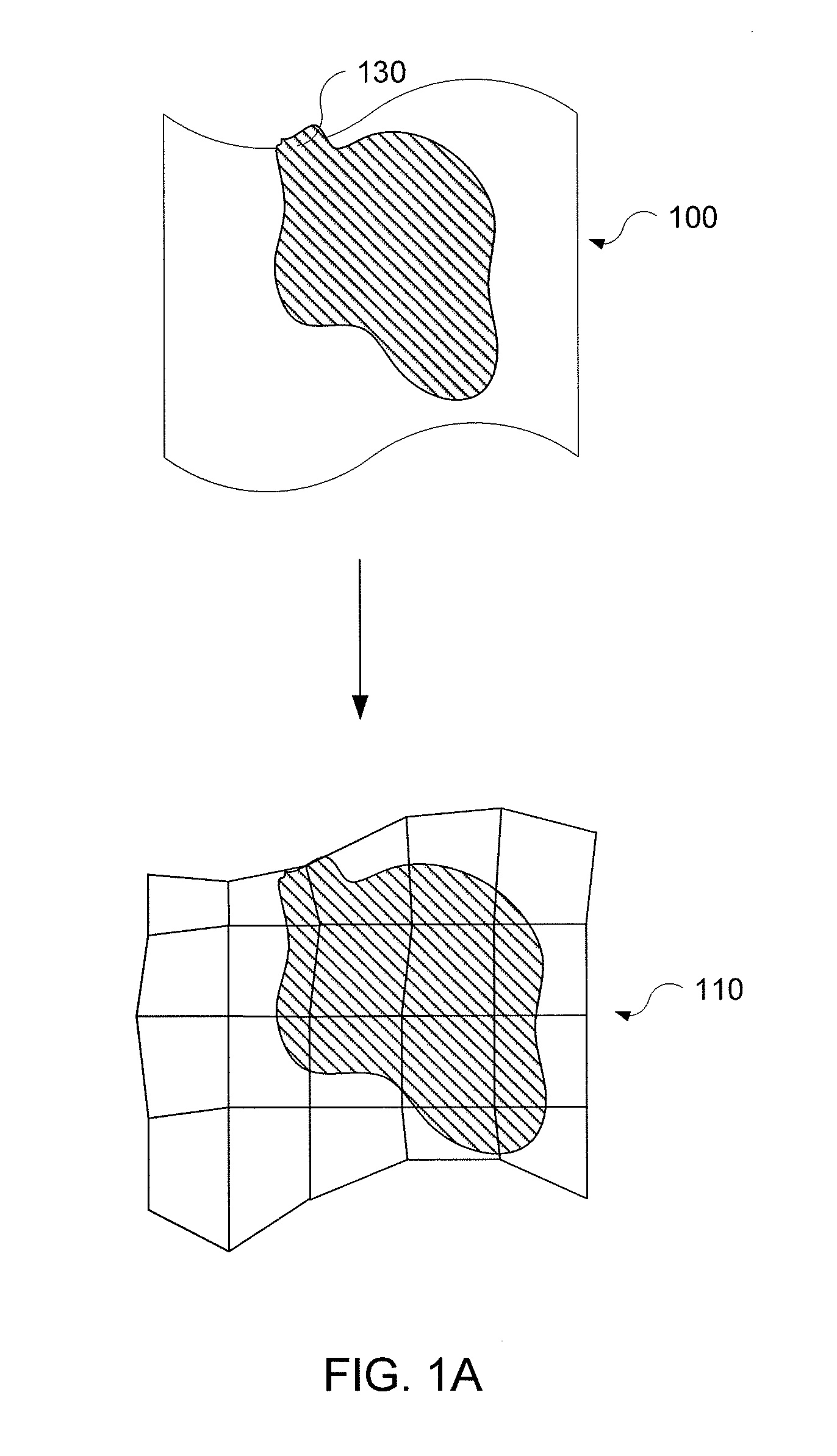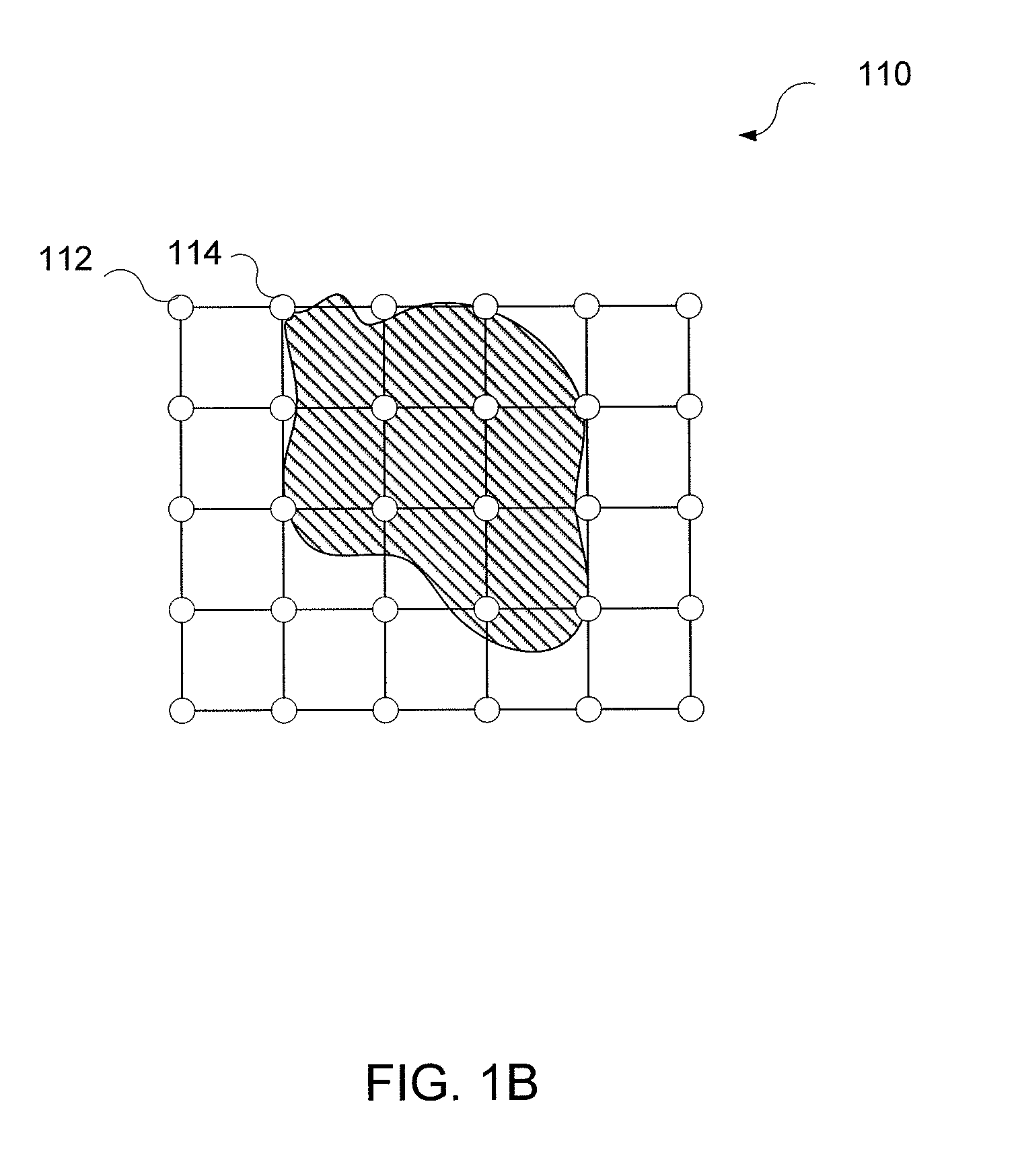System and methods for implementing object oriented structures in a shading language
a shading language and object oriented technology, applied in the field of computer graphics and animation, can solve the problems of negating the advantages of simd interpretation, time-consuming process of rendering images or frames of animation, etc., and achieve the effect of improving the efficiency and expressiveness of shading and rendering processes
- Summary
- Abstract
- Description
- Claims
- Application Information
AI Technical Summary
Benefits of technology
Problems solved by technology
Method used
Image
Examples
Embodiment Construction
[0015]In certain embodiments, object oriented programming is used for shading program languages in order to improve the efficiency and expressiveness of the shading and / or rendering processes. In certain aspects, computer graphics data representing a geometric model in a scene are classified into object oriented classes and subclasses. These data are subsequently sorted and grouped into several groups (e.g., two or more) based on classification information. For example, each grouping of computer graphics data may include or share similar values of attributes that are to be processed in a uniform manner. Once the computer graphics data have been grouped in classes and / or subclasses, a shader interpreter implements SIMD operators separately for each group, advantageously amortizing computational resources.
[0016]As will be appreciated, in the object oriented programming paradigm, a class defines the abstract characteristics of an object, including attributes and methods (behaviours) of...
PUM
 Login to View More
Login to View More Abstract
Description
Claims
Application Information
 Login to View More
Login to View More - R&D
- Intellectual Property
- Life Sciences
- Materials
- Tech Scout
- Unparalleled Data Quality
- Higher Quality Content
- 60% Fewer Hallucinations
Browse by: Latest US Patents, China's latest patents, Technical Efficacy Thesaurus, Application Domain, Technology Topic, Popular Technical Reports.
© 2025 PatSnap. All rights reserved.Legal|Privacy policy|Modern Slavery Act Transparency Statement|Sitemap|About US| Contact US: help@patsnap.com



